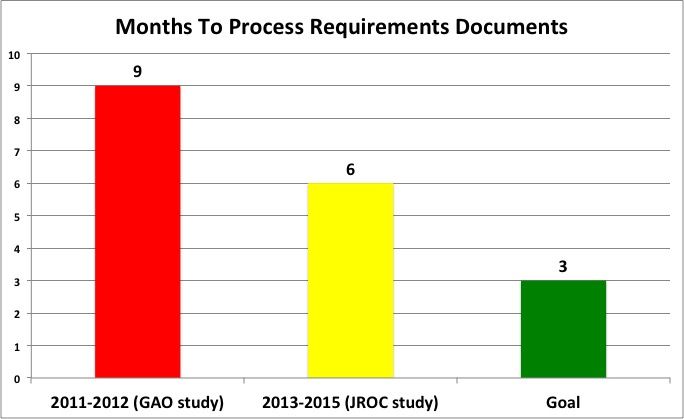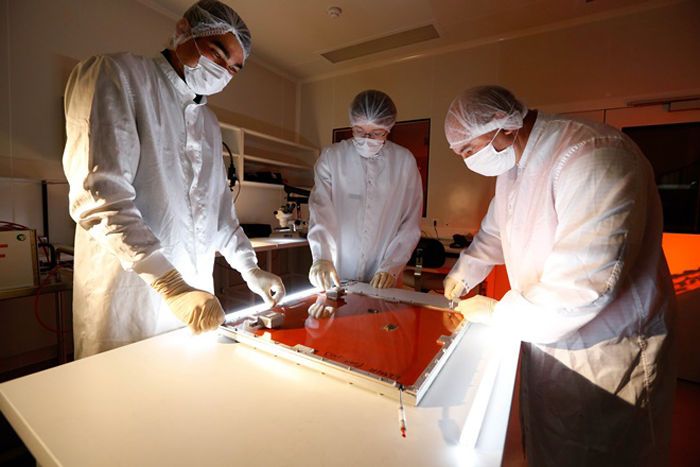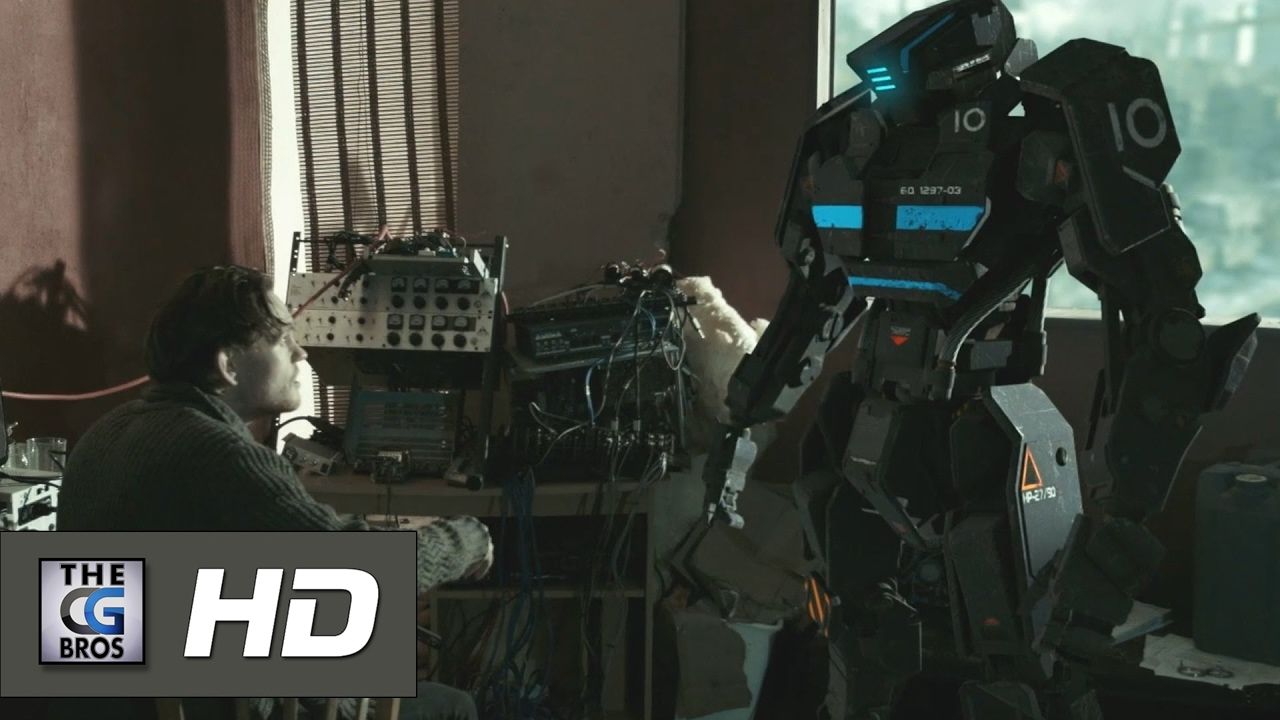The researchers call their material a hybrid because they dope the electrical conductivity of layered tin disulfide semiconductor with the light harvesting of different spectrums of light from various sized quantum dots.
Swarms of graphene-coated nanobots could be our best hope yet of cleaning up the murky oceans, with scientists demonstrating that new microscopic underwater warriors can remove up to 95 percent of lead in wastewater in just 1 hour.
The invention couldn’t have come at a better time, with ocean pollution at an all-time high, much of it stemming from industrial activities such as electronics manufacturing. By 2050, it’s estimated that there will be more plastic than fish in the world’s oceans, and waste metals such as lead, arsenic, mercury, cadmium, and chromium are affecting the delicate ecological balance that will make things very difficult for any animal that relies on it for food — including humans — in the near future.
Developed by an international team of researchers, the newly developed nanobots have three key components: a graphene oxide exterior to absorb lead (or another heavy metal); a nickel core that enables researchers to control the nanobots’ movement via a magnetic field; and an inner platinum coating that functions as an engine and propels the bots forward via a chemical reaction with hydrogen peroxide.
The pace of progress in computers has been accelerating, and today, computers and networks are in nearly every industry and home across the world.
Many observers first noticed this acceleration with the advent of modern microchips, but as Ray Kurzweil wrote in his book The Singularity Is Near, we can find a number of eerily similar trends in other areas too.
According to Kurzweil’s law of accelerating returns, technological progress is moving ahead at an exponential rate, especially in information technologies.
Nice and long overdue; however, finally happening and that’s good as long as security and safety are not compromised.
PENTAGON: One of the most important — and most maligned — elements of the Pentagon bureaucracy has gotten 30 percent faster, according to data exclusively compiled for Breaking Defense by the staff of the Joint Requirements Oversight Council. In a new drive for openness, the infamously opaque JROC is also bringing in outside expertise from industry, military laboratories and the Defense Department’s in-house disruptive innovators at DARPA.
Reforming the Joint Requirements Oversight Council is a big deal. The military’s weapons-buying bureaucracy is a maze, and at the dark heart of the labyrinth lurks the JROC, which must approve the official wish list — the requirements — for almost any major program. Led by the vice-chairman of the Joint Chiefs, Gen. Paul Selva, and comprising the No. 2 officers of each service, supported by lesser boards and lower-ranking working groups, the JROC has a reputation for delaying, watering down, or killing the armed services’ proposals. Many believe it’s where good ideas go to die — slowly.

A new generation of muon telescopes has been built to detect the presence of secret structures and cavities in Egypt’s pyramids, a team of researchers announced on Friday.
Built by CEA (French Alternative Energies and Atomic Energy Commission) the devices add to an armory of innovative, non-destructive technologies employed to investigate four pyramids which are more than 4,500 years old. They include the Great Pyramid, Khafre or Chephren at Giza, the Bent pyramid and the Red pyramid at Dahshur.
The project, called ScanPyramids, is scheduled to last one year and is being carried out by a team from Cairo University’s Faculty of Engineering and the Paris-based non-profit organization Heritage, Innovation and Preservation (HIP Institute) under the authority of the Egyptian Ministry of Antiquities.
Enjoy this independent futuristic Sci-Fi short film project by Director Richard Oakes of Dark Fable Media. After the golden age of man and machine, humanity is split into two classes, The ultra rich industry and the surplus. However, neither side can control the bleak fate of the earth.
Shot over 4 days on a production budget of £1800.
Directed by richard oakes of dark fable media.
www.darkfablemedia.co.uk
https://www.facebook.com/darkfablemedia
Music by Benjamin Symons.
http://www.benjaminsymonsmusic.co.uk/
Starring :
AJ Reeves (Jensen- http://goo.gl/xk2cCi)
Adam Leader (In Search Of Sun — http://goo.gl/GpOrfV)
Richard Oakes.
Gillan Williams.
Roo Oakes.
Edward Haddon.
Sound Engineer — Marc Brugere.








